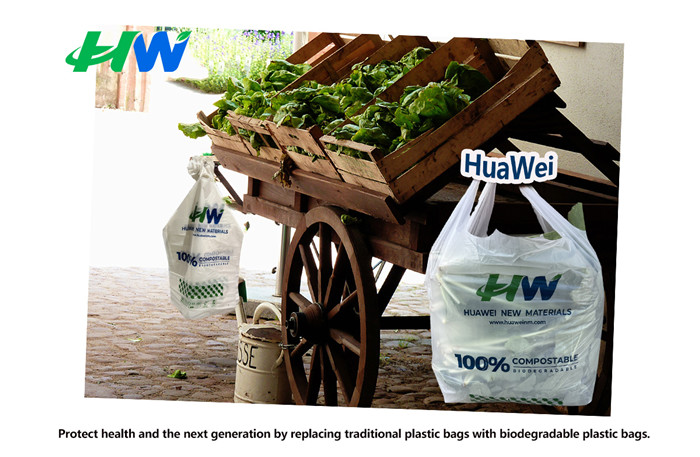Today we are going to talk about an interesting but somewhat serious topic - Microplastics.
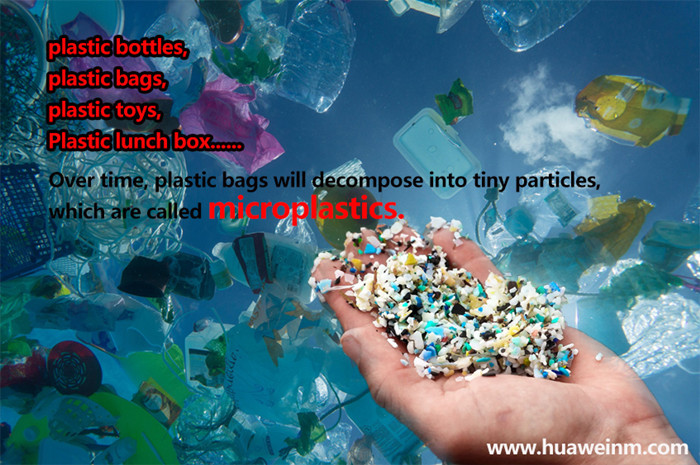
You should notice that there are many plastic products in our lives, such as plastic bottles, plastic bags, plastic toys, etc. After long-term use or disposal, these plastic products will become very small plastic particles, like small sand, which is microplastics. Microplastics refer to plastic particles with a diameter less than 5 millimeters, which are generally difficult to distinguish with the naked eye.
Plastic products are ubiquitous in today's life. Drinking a glass of mineral water and discovering that plastic bottles are used; The lunch food was neatly packed in plastic boxes; I felt a little hungry in the afternoon and wanted to eat something to replenish my energy, but whether it was bread or cookies, they were all wrapped in plastic bags... Unconsciously, we were already surrounded by plastic.
Perhaps we can start by recycling these "ubiquitous" microplastics and preventing them from entering the environment recklessly.
It was once a highly regarded star in the field of chemistry, and five scientists were awarded the Nobel Prize for it. It has strong plasticity, stable performance, durability, and low price, and has become a necessity in human daily life. The advantages are also its drawbacks, such as being difficult to degrade, having a wide range of uses, and high recycling costs. Some people call it the "worst invention of the 20th century.". And even worse, what can we do when humans discover that they are no longer just dealing with visible "environmental killers" such as non degradable plastic bags, but with "chronic killer" microplastics that have spread to every corner of the Earth and cannot be captured by the naked eye?
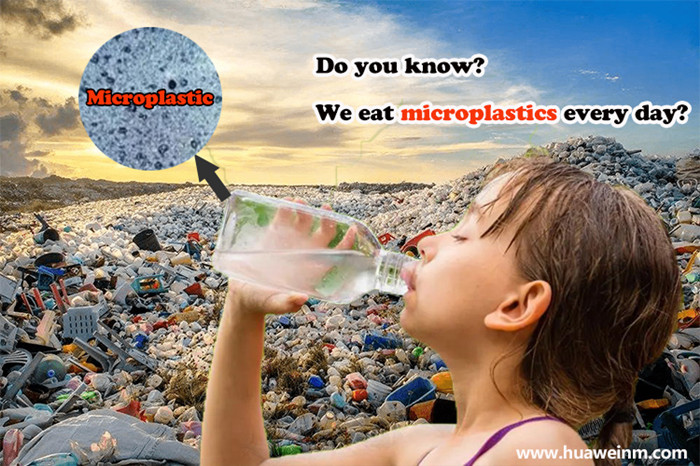
This is not a joke. According to Xinhua News Agency, a study shows that the three best-selling plastic bottled water products in the US market contain approximately 110000 to 370000 plastic particles per liter, of which 10% are microplastics and 90% are nanoscale plastics. Micro plastic Drinking food into one's stomach is not sensational.
The drinking water that humans drink contains so much microplastics after treatment, let alone the situation of other species. "We have found microplastics in almost all animal species we have studied," said Tamara Galloway, a professor of ecotoxicology at the University of Exeter in the UK. A study by the Marine Conservation Association evaluated 16 different protein sources, including seafood, chicken, beef, tofu, etc., and found that regardless of whether their sources were from the ocean or land, there was not much difference in the concentration of microplastics they contained. "From freshly caught fish to chicken nuggets and tofu, every type of protein may contain microplastics," said researcher Leonard.
This also means that we can eat microplastics into our stomachs at any time. In Europe and America, the byproduct of urban sewage purification - sewage sludge - is often used as organic fertilizer. Europe can produce 8 to 10 million tons of sewage sludge annually, of which 40% is irrigated into farmland. However, a study by Cardiff University in the UK found that it is precisely due to this "waste utilization" practice that 86 to 710 trillion microplastic particles pollute farmland in Europe every year. And microplastic particles often accumulate in the roots of plants, which means that rhizomatous plants such as carrots contain a higher concentration of microplastics. According to previous research, it has been estimated that the amount of microplastics consumed by ordinary people every week is equivalent to the size of a credit card. But if you happen to be a seafood enthusiast who is passionate about eating shellfish, you may swallow more microplastics. Belgian scientists pointed out in 2017 that if you eat two servings of scallops and one serving of oysters per week, you may swallow 11000 microplastics in a year. However, the amount of microplastics we eat may not be as much as we inhale. In fact, the microfibers that come off clothes, carpets, and various indoor decorations can become microplastics floating in the air, invisible and intangible. A research team from the University of Plymouth in the UK has found that humans inhale much more microplastics from the air than they do through eating green scallops.
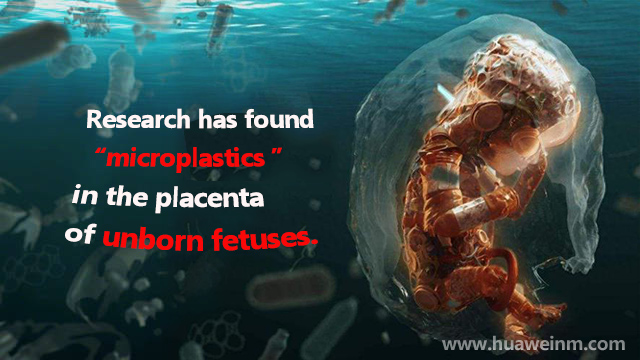
According to existing research, these microplastics, which are only one thousandth the diameter of human hair, can enter the bloodstream through the digestive tract or lung tissue, and even enter the fetus through the placenta. Research has found microplastics in the placenta of unborn fetuses. Some argue that those nanoscale plastics are more likely to enter the human body than slightly larger microplastics. Microplastics have been found in human blood and breast milk. Moreover, studies have shown that these microplastics can penetrate the blood-brain barrier of mice and enter brain tissue through blood. Will so many microplastics enter the human body and cause harm? After all, plastics are made up of complex combinations of chemicals, and it is not easy to identify specific combinations that may have problems from so many chemicals. About 40 years ago, scientists began studying the potential hazards of plastics, but their research and experiments focused on animals. According to existing research, certain bird populations are threatened by endocrine disruptors contained in plastics that they are widely exposed to. Laboratory research on fish has found that plastic can cause damage to the reproductive system of fish and put pressure on the liver. However, there are also opposite research findings. In a 2019 study, Australian scientists intentionally fed Japanese quail chicks food containing microplastics. As a result, compared to chicks that were not fed microplastics, these chicks fed microplastics only developed slightly slower and were not more likely to get sick, die, or encounter "reproductive difficulties" in adulthood. The scientist conducting this study, Hardisty, stated that this comparative study reminds people that assessing the threat posed by microplastics is not a simple task.
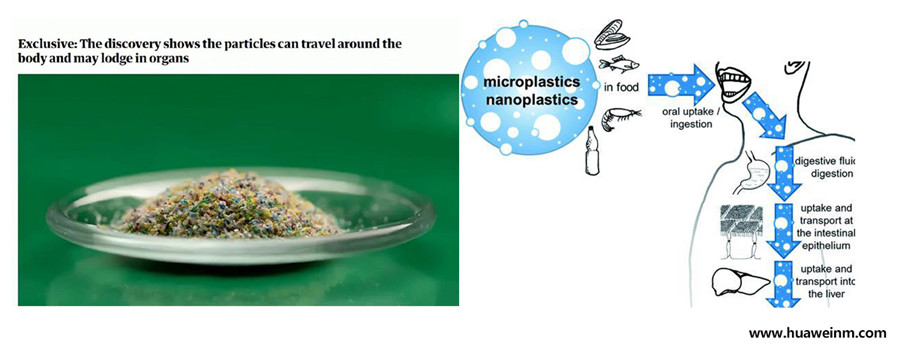
After all, human subjects cannot intentionally feed on microplastics. However, Galloway believes that microplastics inserted into the human body may be slowly released in the body due to chemical additives in the plastic, such as plasticizers, antioxidants, dyes, etc., leading to inflammatory reactions. Nowadays, scientists are studying the relationship between toxins in plastics and lung diseases such as asthma, chronic obstructive pulmonary disease, and even lung cancer. Early research has discovered microplastics from human corpses, with plastic fibers having the highest number and varying shapes and sizes, located in the deepest part of the lower lobe of the human lungs. "One minute after inhaling polyurethane, you will start panting," said Dr. Cary Nado, director of allergy and asthma research at Stanford University. However, scientists are still unclear about how long the lungs are exposed to microplastics and how much is inhaled to cause illness. Are these microplastics directly causing someone to be unable to do so for a lifetime It's difficult to prove how to get rid of asthma.
In Canada, 12 mechanical engineering students from Sherbrook University jointly completed a classroom project called "Hula One" in 2017. This is a machine that uses the principle of buoyancy to separate plastic from sand and stones, in order to clean the beach. After the first Hula 1 was produced by the students, a two-week test was conducted on Camillo Beach in Hawaii, and 104 kilograms of plastic were collected. Nowadays, former students have become the founders of the startup company "Hula No.1", transforming smaller and more efficient machines that can recycle microplastic particles as small as 0.05 millimeters, and expanding production scale to serve more beaches. "Our ultimate goal is to have no plastic on the beach," said Samuel Duval, co-founder of Hula One. However, based on the current scale of human use of plastics, what is needed to truly solve the problem is not just scientific innovation. According to United Nations data, global plastic production has skyrocketed from 2 million tons in 1950 to 460 million tons today, and it is expected that production capacity will double again by 2040.
On March 2, 2022, the 5th United Nations Environment Conference held in Nairobi passed a resolution aimed at developing a legally binding international agreement to end plastic pollution, covering the entire lifecycle of plastics from production, design to disposal. The intergovernmental negotiation committee meetings held in April and November this year will further refine and improve the agreement text, striving to be passed and finally take effect in 2025. For each of us ordinary people, reducing the use of non degradable plastics and using recycled or biodegradable plastics is protecting our own and the health of the next generation.
